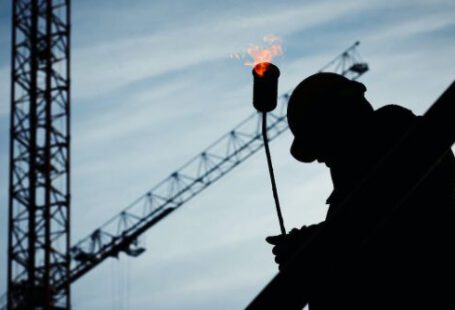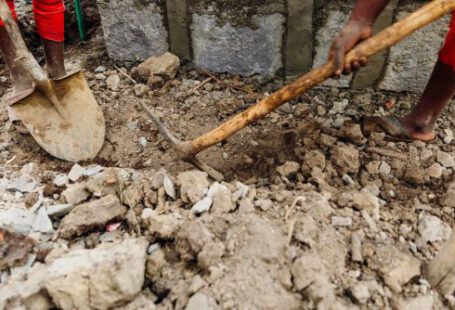The modern excavator is an essential piece of heavy machinery used in many civil engineering and construction projects. It is a powerful piece of equipment capable of digging, lifting, and transporting large amounts of earth and other materials. But how are excavators made? What is the history of their development, and what processes are used to manufacture them today? In this article, we will explore the history and manufacturing process of excavators.
Origins of the Excavator
The excavator as we know it today was first developed in the early 20th century. The earliest models were steam powered and used for digging trenches and foundations for buildings. These machines were similar to steam shovels, but with a much larger capacity. In the 1940s, electric and diesel-powered excavators began to become more popular, with the modern excavator being developed in the 1950s.
Since then, excavators have evolved significantly. They are now available in a variety of sizes and configurations, and can be used for a wide range of tasks. Modern excavators are equipped with advanced hydraulics, allowing them to dig, lift, and move large amounts of earth and other materials.
Components of an Excavator
An excavator consists of several components, including a power source, an arm, a boom, a cab, and a bucket. The power source can be an internal combustion engine, electric motor, or hydraulic motor. The arm is the part of the excavator used to move the boom and bucket, while the boom is the part of the machine used to move the bucket. The cab is the operator’s station, where the operator can control the excavator. The bucket is the part of the machine used to scoop up and move material.
Manufacturing Process
The manufacturing process of an excavator begins with the creation of the frame and other major components. The frame is typically made of steel, and is then welded together. Once the frame is complete, the other components are added, including the power source, arm, boom, cab, and bucket.
The next step is to assemble the engine, transmission, and other components. This is done by connecting the various components and wiring them together. The engine is then installed into the excavator, and the other components are connected to the engine.
After the engine and other components are installed, the cab is added. The cab is typically made of steel and contains the operator’s station, as well as the controls for operating the excavator. Once the cab is complete, the other components of the excavator, such as the arm, boom, and bucket, are attached.
Testing and Final Assembly
Once the excavator is assembled, it is tested to ensure it meets the manufacturer’s standards. This testing includes making sure the excavator is operating correctly and that all components are functioning properly. If any issues are found during testing, they are addressed and corrected before the excavator is considered complete.
Once the excavator passes all tests, it is ready for final assembly. This involves attaching the tracks, adding the paint, and attaching any additional accessories. Once this is complete, the excavator is ready for delivery to its new owner.
Conclusion
The manufacturing process of an excavator is complex and involves many steps. It begins with the creation of the frame and other major components, followed by the assembly of the engine and other components. The cab is then added, and the other components are attached. Finally, the excavator is tested and assembled for delivery. Understanding the process of excavator manufacturing can help buyers make an informed decision when purchasing an excavator.






